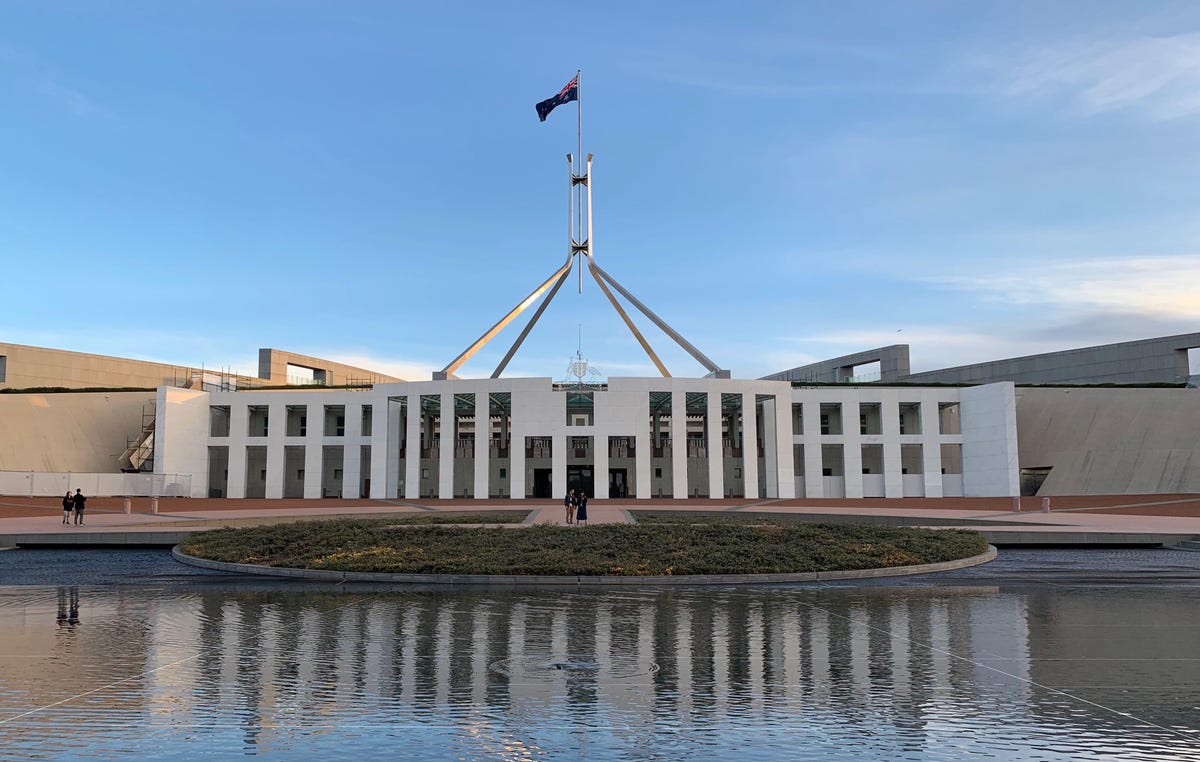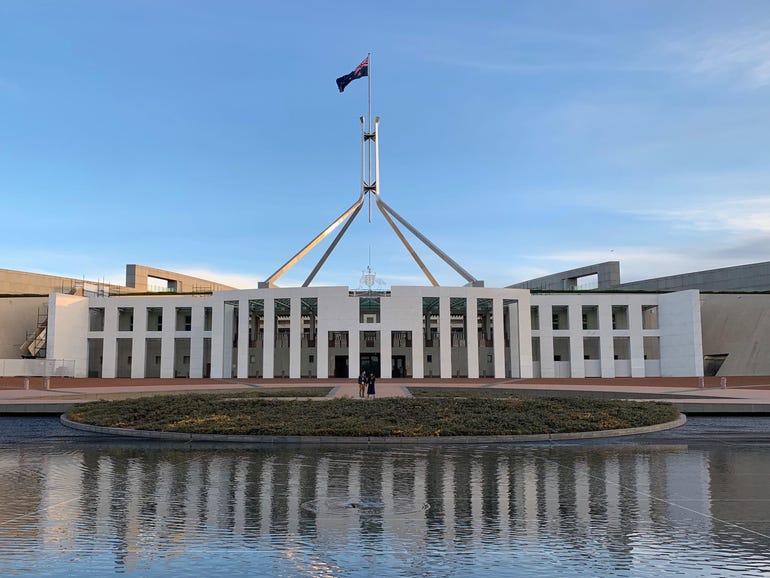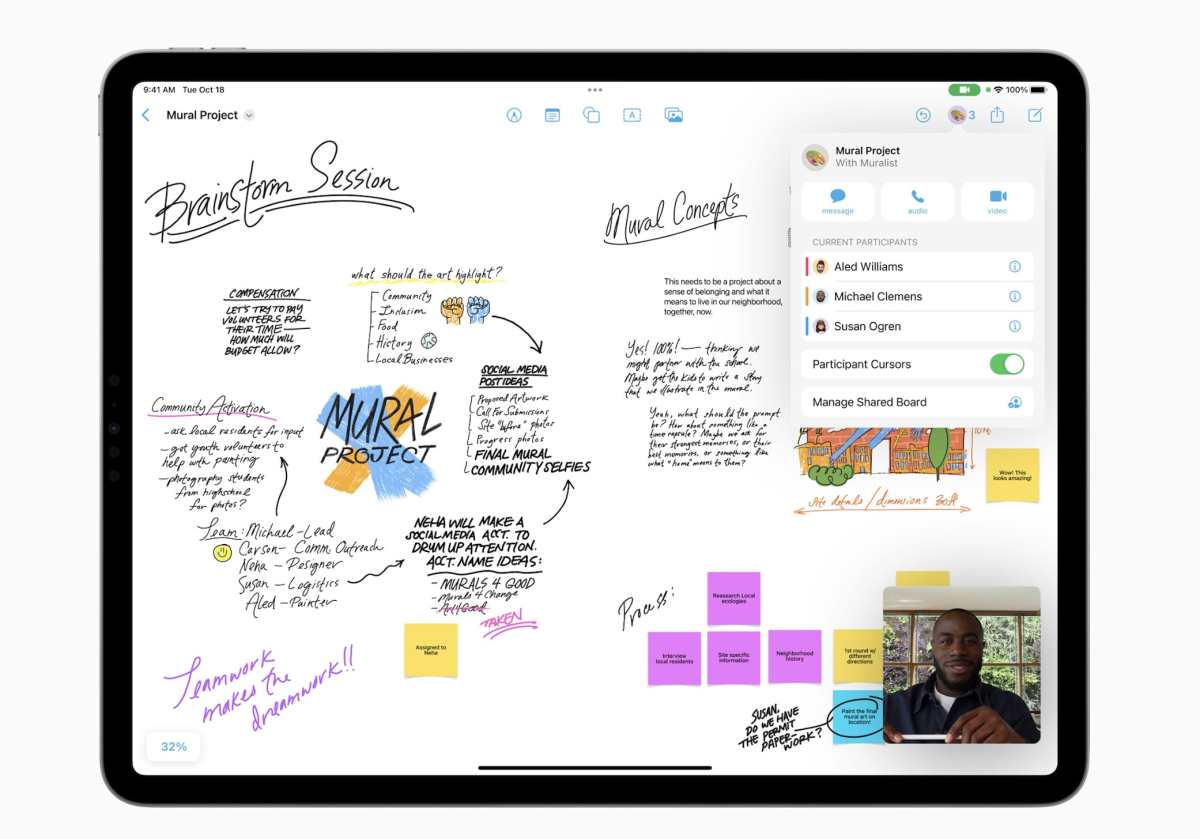Australian Budget 2022 delivers AU$9.9 billion for spicy cyber

Image: Asha Barbaschow/ZDNet
The federal government has released its 2022-23 federal Budget, containing a AU$9.9 billion kitty for bolstering cybersecurity and intelligence capabilities in the midst of a growing cyberthreat landscape around the world. The near-AU$10 billion will be spent across a decade under a program called Resilience, Effects, Defence, Space, Intelligence, Cyber and Enablers (REDSPICE).
“This is the biggest ever investment in Australia’s cyber preparedness,” said Treasurer Josh Frydenburg, who announced the Budget on Tuesday night.
Looking at how the federal government envisions the AU$9.9 billion will be spent, the Australian Signals Directorate (ASD) will be the biggest recipient of these funds. Over the next four years, the ASD will receive AU$4.2 billion to double its employee head count, triple its offensive cyber capabilities, double its cyber hunt and response activities as well as preserve its ability to deliver a “strategic advantage”.
“The package will help ASD to keep pace with the rapid growth of cyber capabilities of potential adversaries, as well as being able to counter attack and protect our most critical systems,” according to Budget documents.
REDSPICE will also provide funding for Australian industry and support new employment pathways through partnerships with educational institutions, particularly in the areas of data science and analysis, artificial intelligence, cybersecurity, and IT engineering. The federal government said this would lead to the creation of 1,900 new jobs over the next decade.
Prior to the federal government’s announcement of the AU$9 billion cybersecurity package, the Coalition had already conveyed a firm posture for ramping up cybersecurity. On Monday, Prime Minister Scott Morrison announced a new cyber and critical technology centre that would be set up within the Office of National Intelligence.
“The multi-agency centre will ensure Australia, working with our allies, can better anticipate and capitalise on emerging technologies,” said Morrison, who spoke at an event commemorating the ANZUS Alliance’s 70th anniversary.
“With challenging and changing geopolitical realities — where technological advantage for our intelligence agencies is more important than ever — Australia is, as always, stepping up to do more. We look to, but we never leave it to the United States.”
Morrison on Friday called organisations to prioritise trust over costs and efficiency when it comes to data security.
“I tell you particularly in a more troubled world, especially from a data security point of view, supply chains are frankly more about trust now than they even are about efficiency or cost,” the Prime Minister said at the opening of Macquarie Telecom’s new AU$85 million data centre in Sydney.
Days prior to that, Home Affairs Minister Karen Andrews launched an Australian Federal Police-led (AFP) cybercrime centre to bolster the country’s cybercrime fighting efforts, which cost AU$89 million.
While the AU$9 billion figure packs a punch, the federal government has not provided details of how it will assess the effectiveness of these newly announced cyber efforts.
Read more: The disappointment of Australia’s 2020 cybersecurity strategy
Just two years ago, the Coalition handed down its 2020 Cyber Security Strategy along with AU$1.35 billion to Australia’s security agencies for the program called the Cyber Enhanced Situational Awareness and Response (CESAR) package. Since CESAR’s rollout, however, there have been limited updates regarding the effectiveness of the program in stopping cyberthreats.
More funding for Australia’s digital economy strategy
The federal government has also introduced an incentive for small businesses, companies with less than AU$50 million in turnover, to up their technology investment.
The incentive will allow small businesses to deduct an additional 20% of the cost incurred on business expenses and depreciating assets that support their digital adoption, such as portable payment devices, cybersecurity systems, or subscriptions to cloud-based services.
“From tonight, every AU$100 these small businesses spend on digital technologies like cloud computing, eInvoicing, cyber security, and web design will see them get a AU$120 tax deduction. Investments of up to $100,000 per year will be supported by this new measure,” Frydenburg said.
This year’s federal Budget also sees more funding put towards Australia’s Digital Economy Strategy, which received AU$1 billion in last year’s Budget, with another AU$130 million over four years to be allocated.
Of that new amount, AU$38.4 million will be used to implement further Consumer Data Right measures, while AU$30.2 million will be spent on a fourth cyber hub within the Australian Taxation Office, AU$18.6 million will be put towards shaping global critical and emerging technology standards, and AU$13.6 million will be used for continuing the digitalisation of the transport sector.
STEM development receives over AU$45 million
Outside of cyber, the federal government has pledged AU$45.4 million over five years to support STEM development in Australia. This consists of AU$33.4 million to the National Measurement Institute to deliver essential measurement standards and services that underpin business continuity and international trade and AU$5.3 million to improve the National Science and Technology Council’s provision of science and technology advice to the federal government.
In addition, AU$6.7 million of the STEM package will be used to extend support for the Women in STEM Ambassador and Superstars of STEM initiatives, which are both focused on raising the profile of Australian women in STEM.
Continuing the women in STEM focus, the federal Budget has also allocated a separate AU$3.9 million over two years to support more women into digitally skilled roles.
In partnership with industry, this initiative will provide mentoring and coaching to facilitate a mid-career transition into the ‘tech workforce’.
The new STEM funding comes after the federal government on Monday announced it made good on one of its commitments from last year’s Budget, delivering AU$10.7 million for digital cadetships — 10 months after the cadetship initiative was announced.
The Budget comes with the federal election looming in May, with the election for both houses set to be held by May 21 at the latest.
Rocket man gets more fuel
Australia’s space sector also saw a big injection in this year’s Budget, with the federal government allocating AU$1.3 billion, AU$38.8 million per year, to grow the sector. The majority of those funds, AU$1.2 billion, will be used to establish a National Space Mission for Earth Observation to secure access to key earth observation data streams, build Australia’s sovereign capability, and enter agreements with international partners including for the procurement and operation of Australian Satellite Cross-Calibration Radiometer satellites.
The remaining amounts will be put towards setting the conditions for rocket launches from Australia, fast-tracking the launch of space assets, and planning and streamlining future space plans.
The move builds on the federal government’s “mission to triple the size of the sector and create up to 20,000 new jobs by 2030”, a goal that was set out under the Australian Civil Space Strategy.
Improving regional connectivity with another AU$1.3 billion
Another big-ticket tech item in this year’s Budget is the $1.3 billion over 6 years allocated to improve regional telecommunications, including through providing greater mobile coverage and targeted solutions to address issues such as mobile congestion.
The funding was provided as part of the government’s response to the Regional Telecommunications Review, which found NBN upgrades will widen the digital divide between rural and urban areas. Chief among the list of things that are part of the investment is almost AU$815 million over 5 years to expand the mobile black spot, regional connectivity, and mobile network hardening programs.
Meanwhile, AU$480 million has been provided to the company responsible for running the NBN to upgrade its fixed wireless and satellite networks to improve services in regional, remote, and peri-urban Australia. The remaining amount will be used by Australia’s consumer watchdog to review mobile tower access fees.
The rest of the tech
Addressing the floods across Australia’s eastern coast, the federal government announced it will implement a new cell broadcast messaging system, in collaboration with the state and territory governments, to ensure critical information can be provided to the Australian public concerning significant emergencies.
The amount allocated to this new system was not disclosed.
In terms of upping Australia’s privacy capabilities, AU$17 million over two years will be provided to support the Office of the Australian Information Commissioner in undertaking its privacy and regulatory functions, including in relation to social media and other online platforms.
The information commissioner has been calling for more funding for years, having said during Senate Estimates earlier this year it has been developing an increasing backlog of privacy complaints.
The federal government has also provided an additional $96.8 million over four years for system upgrades to Australia’s health system.
According to Budget documents, the upgrades will look to reduce manual processing and improve claim timeframes for patients and medical providers for Medicare services, the Pharmaceuticals Benefits Scheme, and other health related payments.
Australia’s flagship digital health initiative, My Health Record, also received more funding in this year’s Budget to the tune of AU$23.8 million over four years. This amount will be used to improve linkages with the My Health Record and provide additional funding to accredited practices for their provision of temporary telehealth services during the COVID-19 pandemic, and enable communities affected by natural disasters to access continued healthcare services via telehealth.
At the end of last year, the federal government pledged over AU$100 million to make telehealth a permanent fixture within the country’s healthcare system.
According to Budget documents, the federal government is also set to digitalise trust and beneficiary income reporting and processing in mid-2024, which it said would give all trust tax return filers the option to lodge income tax returns electronically, increasing pre-filling and automating ATO assurance processes.
Continuing with the ATO, the government has committed AU$6.6 million over the forward estimates period for the development of IT infrastructure required to allow the ATO to share single touch payroll data with state and territory Revenue Offices on an ongoing basis.
The ATO’s patent box initiative, announced in last year’s Budget, has also received approval by the federal government to be expanded. As part of the expansion, the federal government will provide concessional tax treatment for corporate taxpayers who commercialise their eligible patents linked to approved agricultural and veterinary chemical products.
“This measure is estimated to decrease receipts by AU$10 million, and increase payments by $13.4 million over the forward estimates period,” Budget documents say.
Funding for the three ATO initiatives have already been provided by the federal government.
For Australia’s statistics agency, AU$19.9 million over four years has been provided for the development of a new reporting application to enable businesses to submit surveys on business indicators directly through their accounting software.





Pingback: faceless niches